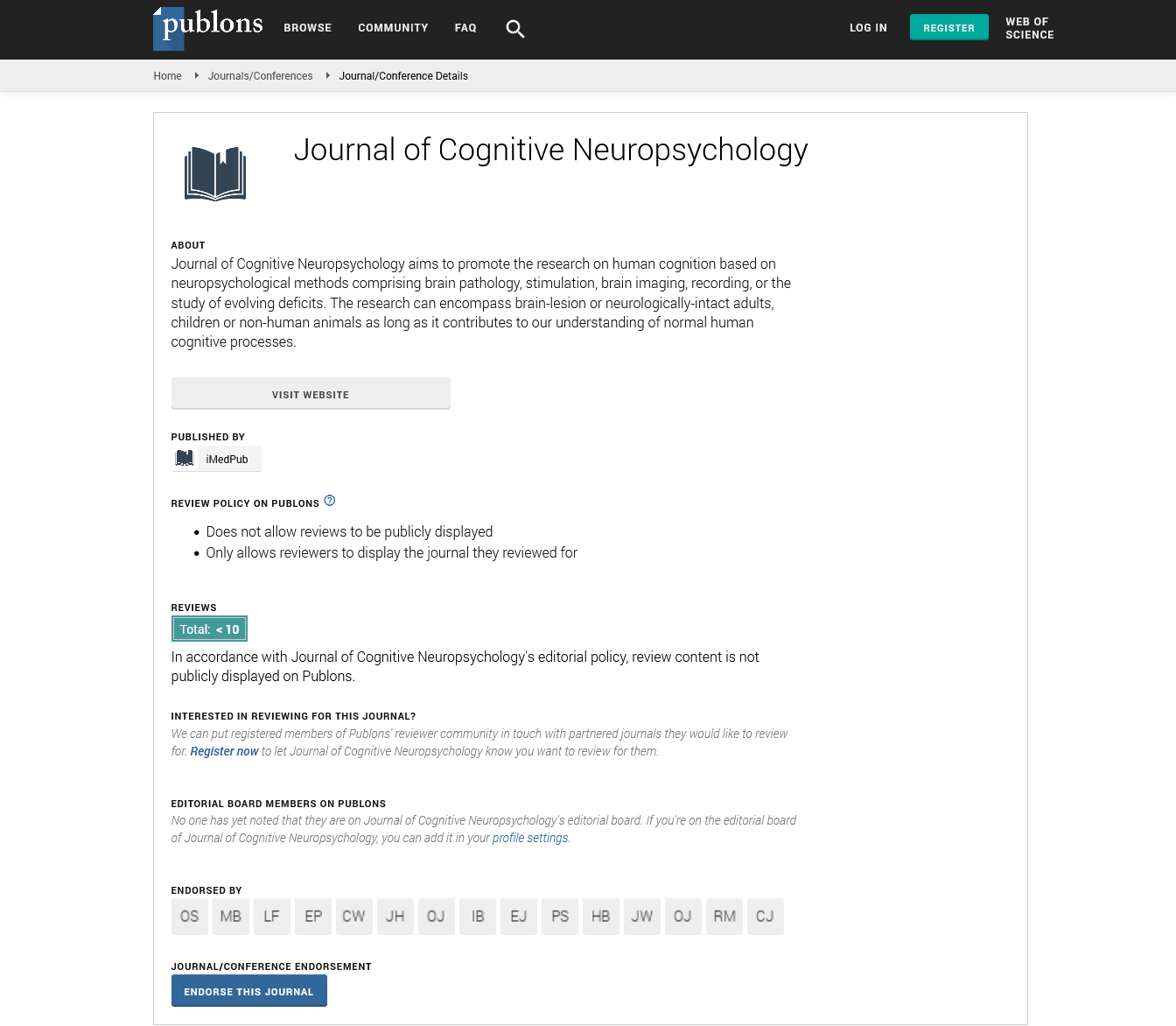Abstract
Neurorehabilitation algorithms in patients with post-stroke hemiparesis and hemiparetic shoulder (a comparative study of eight neurorehabilitation complexes)
Our goal was to evaluate the efficacy of application of different physical modalities and neurorehabilitation methods on independence in activities of daily living (ADL) in patients with post-stroke hemiparesis and hemiparetic shoulder. Material & Methods: We observed a total of 216 post-stroke patients with hemiparetic shoulder. We effectuate clinical approbation of different neurorehabilitation (NR) algorithms. Patients were randomized into eight therapeutic groups (27 per group). In all patients, the NR course (20 days) includes a basic physiotherapy complex. In group (gr 1) we applied only cryokinesitherapy; in gr 2 - physiotherapy and ergotherapy (occupational therapy). In the next groups we added some pre-formed modality: low frequency low intensity Magnetic Field (gr 3), Interferential Currents (gr 4), Ultrasound (gr 5), Deep Oscillation (gr 6), low-intensity Lasertherapy (gr 7), Functional electrostimulations of the deltoid muscle (gr 8). Patients were controlled before, during and at the end of the NR course (of 20 treatment days) and one month after its end using a battery of clinical methods and functional scales. Results & Discussion: The comparative analysis of results shows a significant reduction of pain, improvement of functional capacity and autonomy (Brunnstrom, Barthel); increase of the range of motion of the humero-scapular joint (goniometry). Cryokinesitherapy is effective on the orthopedic dysfunction of the humeral joint, ergotherapy is on the range of motion and the functional recovery of the upper extremity. In cases with intensive pain, the magnetic field and deep oscillation are most efficient; in humero-scapular periarthritis, ultrasound and laser therapy are used; in throphic alterations (osteoporosis of the humeral head) – interferential currents and laser therapy are efficient. Goniometrical indices (range of motion of the joint) are significantly increased by electrostimulations and ergotherapy. Conclusion: We must underline that the structured neurorehabilitation algorithms must be individualized in every case.
Author(s): Ivet B Koleva
Abstract | PDF
Share This Article
Google Scholar citation report
Citations : 8
Journal of Cognitive Neuropsychology received 8 citations as per Google Scholar report
Journal of Cognitive Neuropsychology peer review process verified at publons
Abstracted/Indexed in
- Google Scholar
- Publons
- MIAR
Open Access Journals
- Aquaculture & Veterinary Science
- Chemistry & Chemical Sciences
- Clinical Sciences
- Engineering
- General Science
- Genetics & Molecular Biology
- Health Care & Nursing
- Immunology & Microbiology
- Materials Science
- Mathematics & Physics
- Medical Sciences
- Neurology & Psychiatry
- Oncology & Cancer Science
- Pharmaceutical Sciences
